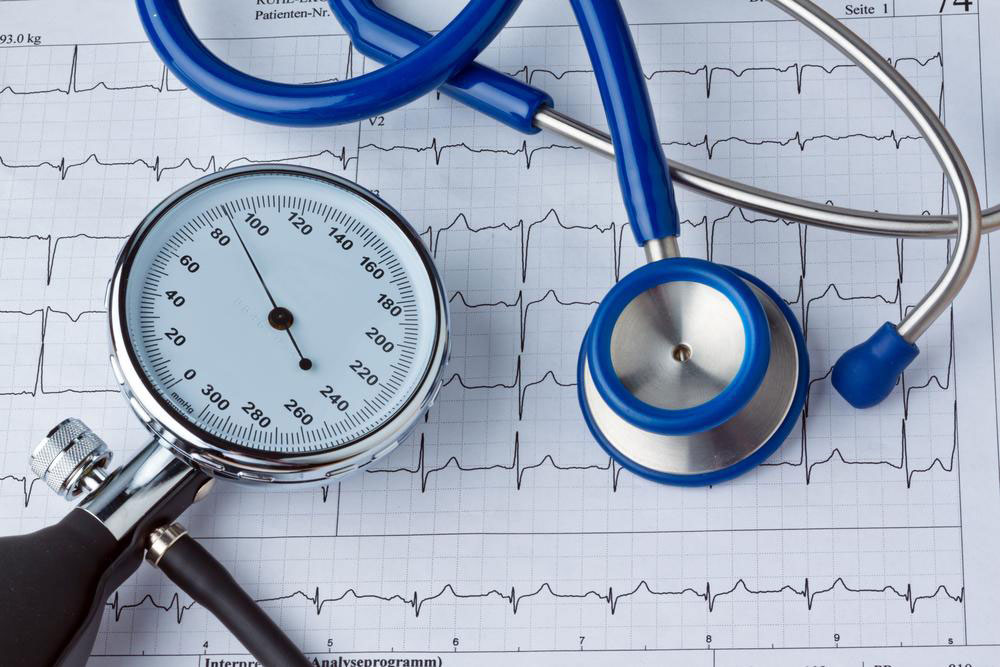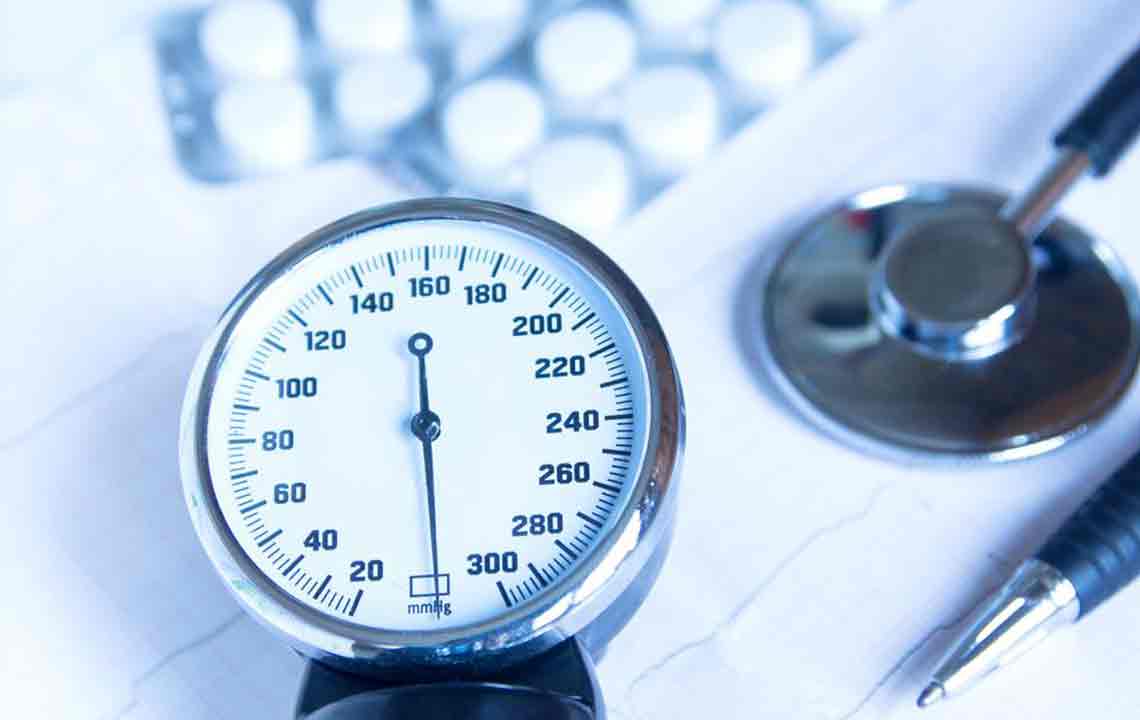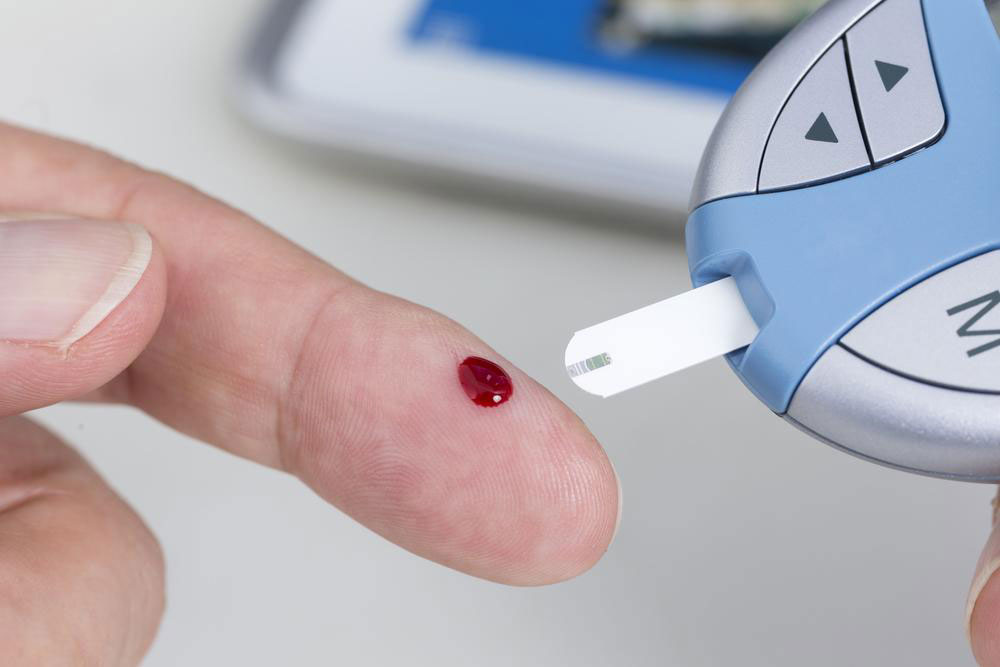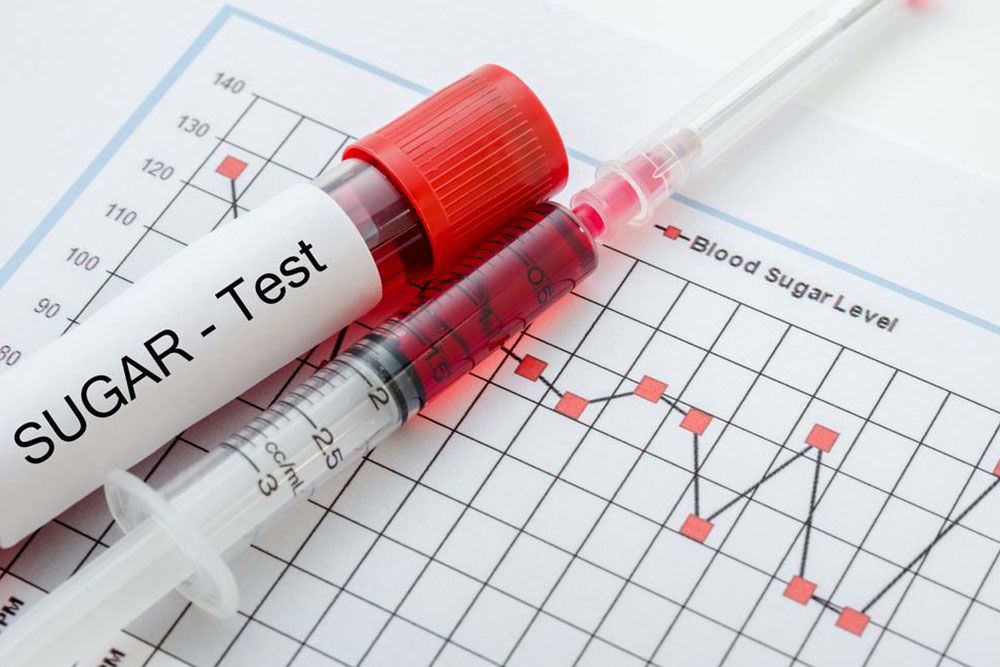Understanding the Significance of Elevated Blood Pressure
High blood pressure, or hypertension, is a common yet serious condition linked to aging, stress, and weight. Regular monitoring, lifestyle changes, and medical treatment are key to managing blood pressure levels effectively. Understanding how to read readings and recognizing when to seek help can significantly reduce health risks. Maintaining healthy habits like diet, exercise, and sleep is essential for long-term cardiovascular health. Regular check-ups help catch issues early, preventing potential complications and promoting overall wellness.

Understanding the Significance of Elevated Blood Pressure
High blood pressure, or hypertension, is a prevalent health issue today. Factors such as aging, weight fluctuations, and stress contribute significantly to its development.
What is Blood Pressure?
Blood pressure measures the force of blood pushing against arterial walls, expressed in millimeters of mercury (mmHg).
Hypertension occurs when blood pressure remains consistently high, whereas hypotension indicates low pressure. Both conditions require medical evaluation and management.
Blood pressure varies throughout the day, typically lowest during sleep and rising with activity.
Normal and Elevated Blood Pressure Levels
Readings below 120/80 mmHg are considered optimal. Values between 120/80 to 139/89 mmHg fall into the normal-high range.
Persistent high blood pressure increases the risk of cardiovascular diseases. As age advances, hypertension becomes more common, making regular check-ups vital for maintaining health.
Blood pressure can be checked at clinics or at home. Understanding how to interpret these readings and charts is essential for managing your health effectively.
How to Interpret Blood Pressure Readings
Blood pressure comprises two numbers: systolic (top) and diastolic (bottom). Systolic pressure reflects the force during heartbeats, while diastolic measures pressure between beats when the heart relaxes.
To read your level, locate your systolic reading on the chart's left and your diastolic on the bottom. Their intersection indicates your blood pressure.
Recognizing Hypertension
A reading of 140/90 mmHg or higher indicates high blood pressure. Prompt consultation with a healthcare professional is necessary. Slight elevations above normal (above 120/80 mmHg) should also be monitored and managed.
Managing High Blood Pressure
Controlling hypertension is essential to prevent heart complications. Start by consulting a doctor and following prescribed medications, alongside lifestyle modifications. Maintaining a healthy diet, adequate sleep, and regular exercise are crucial for controlling blood pressure.










